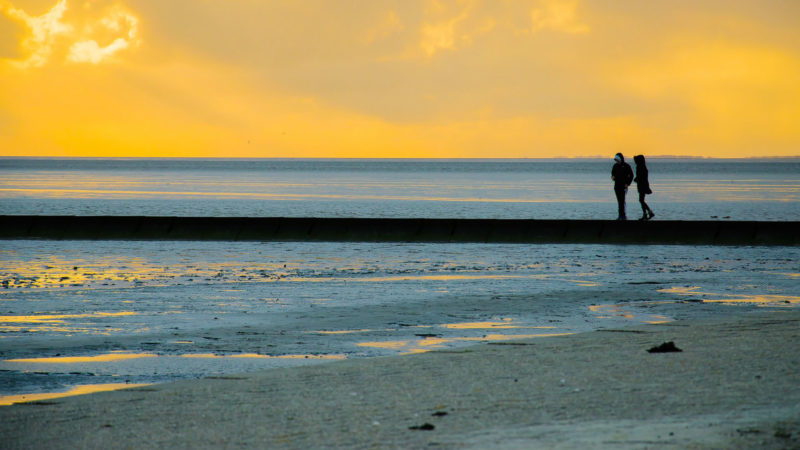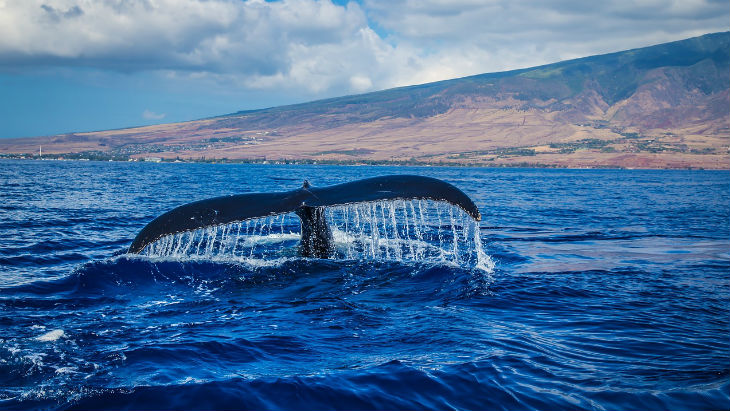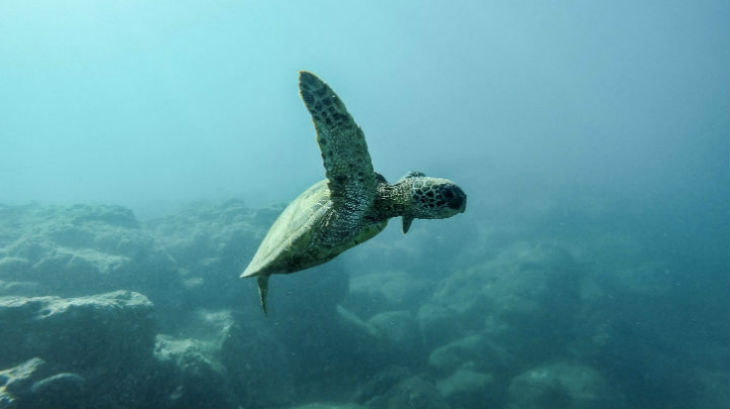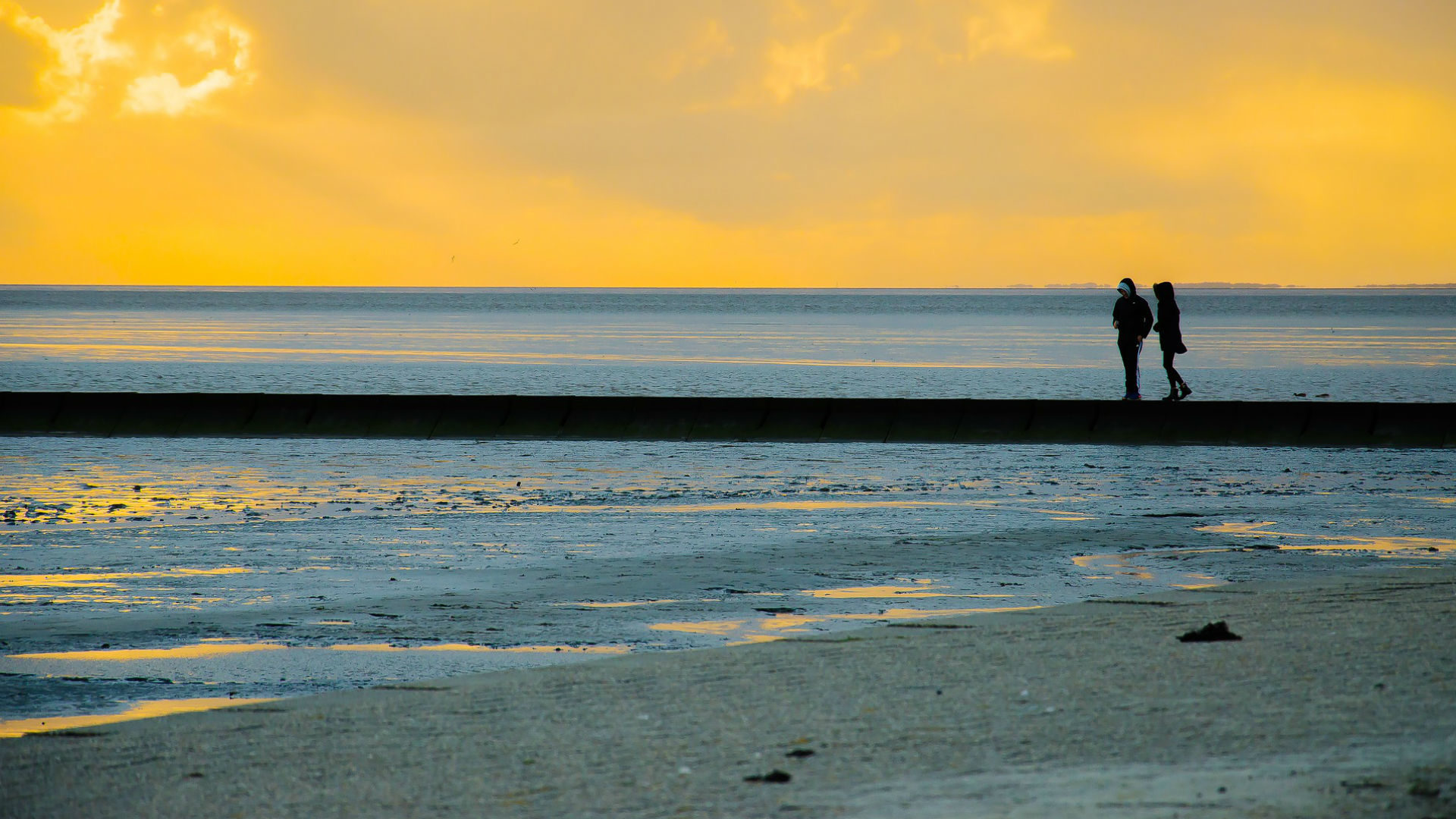
At the Ocean Conservation Trust, we’re all about Ocean Optimism. In amongst all of the sad stories we see in the media each day, they are lots of stories of hope and success, too – and we believe that we can all make a difference to the future of our Ocean by making small changes.
Last week, our Public & Community Engagement Manager, Helen Gowans, headed to the Conservation Optimism Summit 2019 – a chance to meet with other like-minded organisations to celebrate positive conservation stories, share skills, and discuss how they can both be used to achieve some pretty great things.
It’s hard sometimes to stay positive when most news stories only focus on the disasters – habitats destroyed, species assumed extinct, relentless trade for wildlife products, and the climate emergency. But there are so many people taking action for nature around the world, and we must celebrate this. Each of these achievements made by an individual, community or organisation could have saved a species or habitat from disaster. If you zoom out and put all these stories together, we are doing some amazing things to conserve our natural environment on a global scale. If we don’t celebrate these, we risk losing the motivation that drives people to change their behaviours for the good of the environment.
At the beginning of September 2019, a cohort of conservationists gathered together to celebrate success stories and share skills in St Catherine’s College, Oxford. This was the second Conservation Optimism Summit and I was lucky enough to be one of these conservation optimists. Over 3 days we were treated to talks, workshops and discussions lead by some incredibly inspiring conservation optimists from all over the globe. Here are my highlights from each of the days:

Day 1 highlights
The Summit opened with an amazing story from Brisetha Hendricks, the vice-chairperson of the Uibasen Twyfelfontein Conservancy in Namibia. Brisetha works to empower her local community and amplify their voices, allowing them to take ownership of local conservation efforts to make them more successful.
Already feeling optimistic I headed to a workshop led by Emma McKinley (Cardiff University), Jim Wharton (Seattle Aquarium) and Holly Griffin (UNEP-WCMC). During this workshop we explored people’s relationships with the sea, and consider positive ways in which we (conservation organisations) can create a more ocean literate society (in a nutshell a society that understands their connection to the Ocean and makes decisions in their daily lives that benefit it and the life it supports). The messages that came out of this workshop were really uplifting and in line with the Ocean Conservation Trust Mission to connect people to our Ocean. We concluded that one of the most important conservation actions we, as conservation engagers, can do is to help people make an emotional connection with nature – this is the springboard into behaviour change.
Day 2 highlight
Frogs! Robin Moore introduced us all to Romeo, the loneliness frog. Romeo is a Sehuencas Water Frog who was collected from the wild in 2009 with the hopes of creating a captive breeding programme which would bolster the endangered wild population. Romeo spent ten lonely years as biologists failed to find any other frogs to join him… until he got a Match.com dating profile.
In one of the most successful charity- corporate sponsor partnerships to reach global news, they raised enough money around Valentine’s Day 2018 to fund an expedition team to enter Bolivia’s wilderness once more in search of a Juliet. And just before Valentine’s Day 2019, it was announced that a Juliet had been found and she, along with four more frogs, would be joining Romeo to help save their species.
This is an amazing example of how to tell hopeful stories that spread to win the attention people around the world and inspire action through emotions.

Day 3 highlights
Alice Bell took us along a timeline of public interest in climate change. The public movement we are seeing today isn’t new, in fact we have been here before. What is new is the movement from conservationist to grasp this interest and use it to inspire change and empower those with a new-found interest to act. This inspiring talk took us through a range of campaigns that gave people the tools to take their own action from community solar to transport and decarbonised heat all.
A panel of Future Voices summed up the conference, discussing how they are working towards reframing the conservation narrative in their countries and their involvement with Conservation Optimism. All 5 of these panellists shared their story of how their childhood connections to nature inspired them to become conservationist and how they bring this to their work today. This panel shows us that conservationists and scientists alike should make space and time for a new generation of conservationists and allow them to have a voice among other ‘more experienced’ experts.
So to summaries, negative, fear-based stories are not motivational. When you are scared all you think about is saving yourself, you don’t see the bigger picture. Therefore, we all need to be conservation optimists and give concrete actions people can do every day for the benefit of nature. This along with good collaboration, good stories and good timing can inspire behaviour change.
Take home messages:
• Celebrate any achievement
• Share these stories
• Find new ways and channels to engaging people with research or conservation action – make them care about what you are talking about rather than just chucking out the facts.
• Allow people and communities to be a part of the decision making no matter how old someone might be
• Make space and time for a new generation of conservationists, allow them to have a voice
• Collaborate, don’t compete
• Strike while the iron is hot – grasp the public movements and use them as a springboard into action
• Empower people: show them how they can make a difference through their own actions
• Be a conservation optimist

